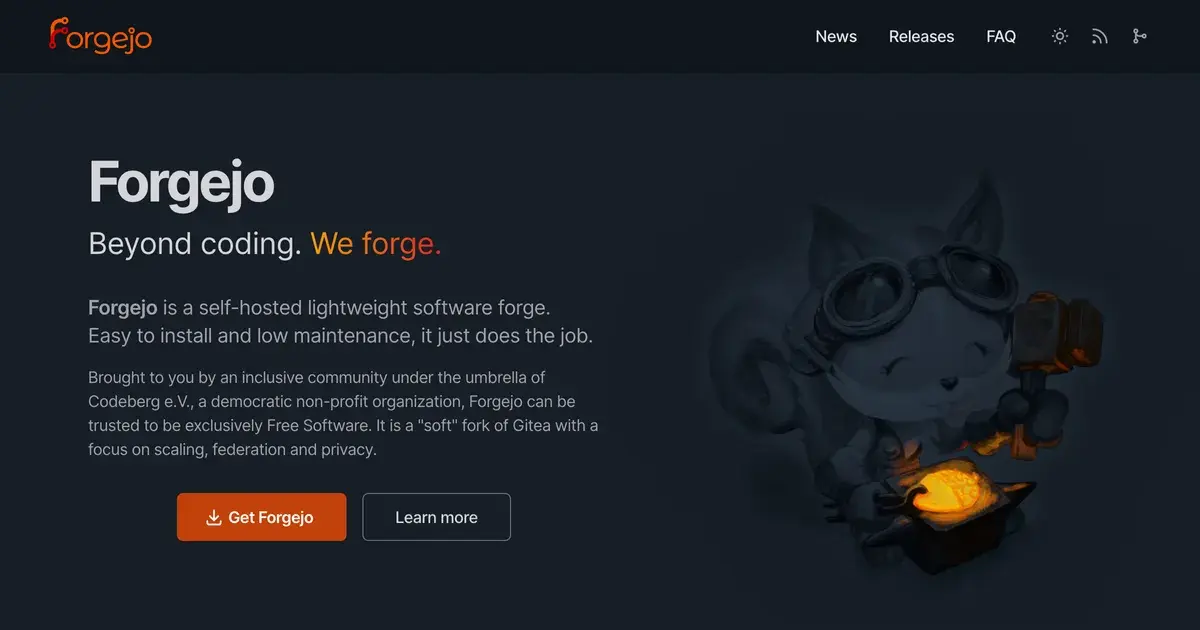Given that the UUID changed, you almost certainly made a new LUKS container, overwriting the old one. That’s bad, because the LUKS header is the only source of the actual encryption key that was used, and making a new one will overwrite both the main header as well as its backup copy immediately. Your password/keyfile/whatever is merely used to decrypt the part of the header that has the actual encryption key, and that’s gone in that case.
Unless you have access to a header backup from before that, there’s a fairly strong chance it’s irrecoverable. I’d suggest going through any archives you might have to see if you have such a backup - most of the instructions on the Gentoo wiki encourage making one, so you might have made one through the power of copying & pasting instructions. Should be a file of around 16MB.









IRCv3 has extended IRC quite a bit over the past decade, fixing a lot of minor pain points if clients support the fixed versions of the protocol.